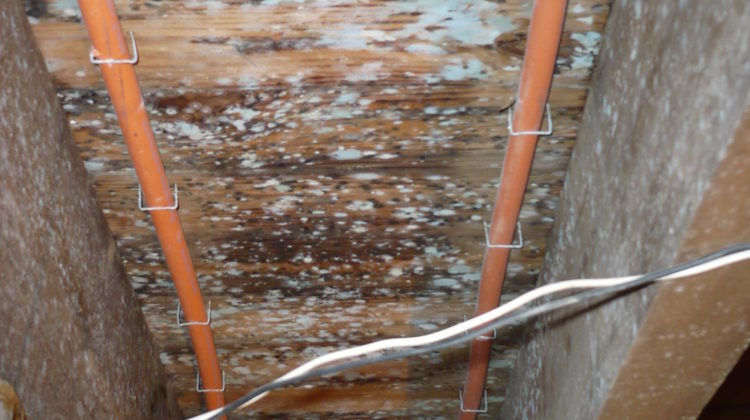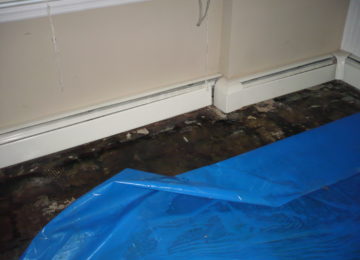Properly using a dehumidifier is important in combatting the mold growth in your home, because it can be used as a tool to protect you from mold growth. But in order to get the results you want, it is important to understand how dehumidifiers work in order to ensure you are getting full value of it. Combatting mold growth in the home is crucial. We here at New York Indoor Air Quality Solutions offers Long Island homeowners a variety of mold services, including inspections, testing and removal.
Let’s take a look at some frequently asked questions regarding dehumidifiers and how to combat mold growth in your home. If you need assistance with mold in any way, please reach out to our office today. We are located in Huntington Station, New York and work across Long Island, including the East End and the Hamptons.
How Exactly Do Dehumidifiers Work?
Conventional cooling-based dehumidifying systems dehumidify air by:
• Cooling it below the dew point temperature to remove moisture via condensation.
• A dehumidifier knows when to do this because the machines are fitted with a humidistat, which detects the moisture level in the air.
• Once it detects the high moisture levels, the machine sucks in the humid air by using a vacuum and this air is then passed over the machine’s refrigerated coils.
• Moving through the cool coils, the warm air loses the amount of moisture it can no longer hold, turning it into water. This causes the process of condensation, and this water is collected in the dehumidifier’s storage tray or tank.
• The dehumidifier then passes the air back into the room over a warm coil.
This process helps to change a room’s humidity level to a relative humidity of 40% to 50% and, when this happens, mold, dust mites, and other allergens are less likely to survive.
How Do I Know If a Dehumidifier is Working?
You will know if a dehumidifier is helping with mold in a number of ways.
• A reduction in condensation on windows.
• A reduction in condensation on other cool surfaces.
• By investing in a hygrometer, which is a device that measures the humidity levels in your home, to see if the RH levels are returning to between the recommended RH levels of 40-50%.
• A musty odor you get from mold has been eliminated.
Just like most household appliances, dehumidifiers are available in a range of sizes. From heavy industrial-grade units to small, barely detectable models you can sit in damp corners of your home, finding the right sized model is key to making a difference in your space. It is important to note that if you have elevated mold, it is best to professionally clean up the existing mold and then maintain proper climate conditions so mold cannot regenerate. At NYIAQ, we offer mold cleanup for residents across Long Island. And if you suspect mildew, we have removal services for that too. Keep your air clean with New York Indoor Air Quality Solutions.
Additional Suggestions for Mold Protection
1. Maintain humidity in the home during the months of April – late October between 40 – 50%. Mold grows at 60% and above. If you are not occupying the home during the warmer summer humid months, you must leave the a/c on to remove humidity and or run a whole house dehumidifier.
2. Maintain outside gutters and leaders so they divert water away from the building’s foundation walls.
3. Maintain proper HVAC filter changes as per manufacturer’s instructions.
4. Use bathroom exhaust fans during bathing / showering to remove moisture.
5. Using fans to circulate the air is always beneficial and assists in reducing humidity levels and stagnant air. Use open windows during comfortable climate days. Fresh air dilutes stagnant air.
6. Leave closet doors ajar slightly to avoid stagnant air.
7. Dry rain-soaked jackets outside a closet prior to storing them in a closed area.
8. Use Swifters, microfiber cloths and a Hepa vacuum to reduce airborne and settled particulates. Dust/free floating particulates are a major source of asthma exacerbation.
9. Wash sheets and pillowcases once a week in hot water to reduce dust mites and biologicals associated with dust mites and airborne allergens.
10. Never go to bed with wet hair. Dampness in pillows promotes dust mites.
11. If your pillows are more than two years old, replace them and install allergen proof covers over the pillows. Place your comforter in the dryer once a month for 10 minutes on medium high to reduce particulates. Use allergen proof covers on pillows and mattresses.




